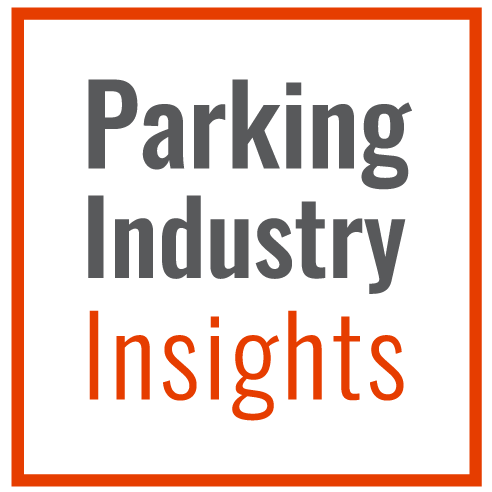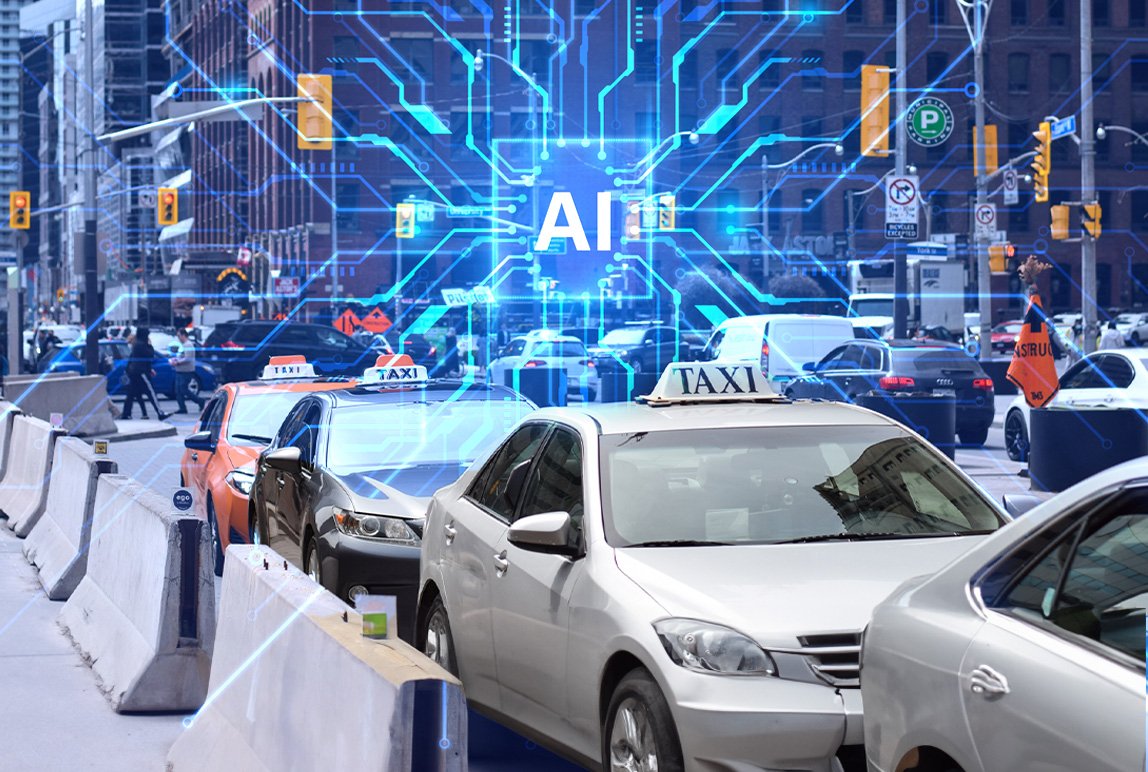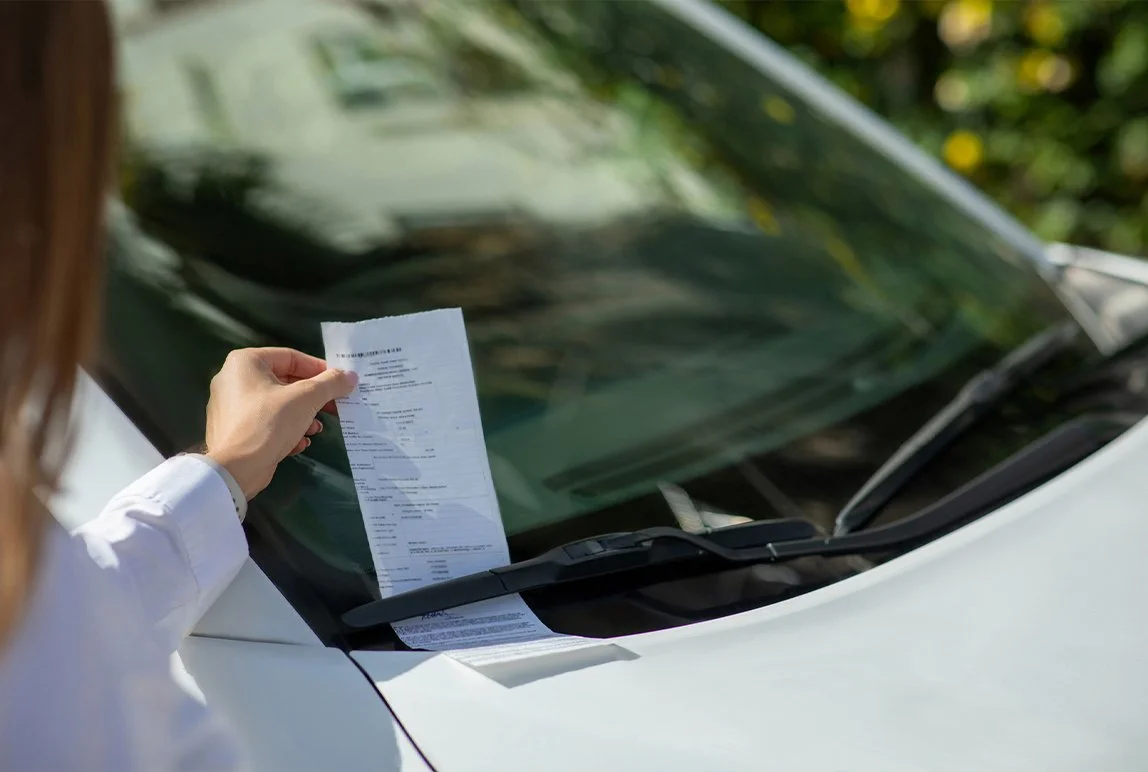How AI Plays a Role in Intelligent Curbside Management Systems
Posted: May, 28, 2024 10:43AM ET • 5.5 min read
As urban mobility takes center stage in city planning worldwide, curbside management is crucial in driving strategic urban development, particularly in parking. The often-underestimated curb acts as a vital intersection for traffic and pedestrians. In the face of rapid urbanization and the rise of e-commerce, effective curb space management is no longer a luxury but a necessity, and parking operators and facility managers must follow suit. Operators can leverage these systems to streamline parking operations, improve customer experience, and maximize revenue generation in and around their facilities. At the heart of these systems is the transformative power of Artificial Intelligence (AI), which is revolutionizing how cities manage their curbs.
Let's explore how AI shapes curbside management within the parking and mobility industry.
AI Integrations in Curbside Management Systems
Integrating AI into curbside management systems marks a significant shift in managing urban mobility. With advanced AI technology, parking operators and managers gain the tools to efficiently address the growing demand for curb spaces through strategic planning. AI algorithms analyze vast historical and real-time data from various sources like sensors, cameras, and IoT devices, offering a comprehensive understanding of curb usage. This data-driven approach enables parking operators and city planners to develop strategic plans for optimizing curb space allocation, traffic flow, and parking enforcement across various stakeholders in the city. Furthermore, ongoing AI analysis can create predictive simulation models to anticipate future behaviour patterns.
How Data is Shaping City Development
Data is the essence of curbside management. AI algorithms collect, store, and then analyze it to trigger actionable measures. This process underscores the pivotal role of data-driven insights in guiding and shaping the development of cities for future sustainability and efficiency. With these, data enables parking operators and city planners to gain a better understanding of curbside usage, leading to various benefits:
1. Gain Deep Visibility into Curbside Activities
One of the primary roles of AI is to provide comprehensive insights into curb space utilization. By deploying intelligent sensors and cameras with computer vision capabilities, parking operators can capture comprehensive real-time data on parking occupancy, vehicle types, curb usage patterns, and pedestrian movements. This data sheds light on parking activities and highlights the frequency of curbside use by other stakeholders, such as transportation drop-offs/pickups, commercial delivery zones, cycling lanes, and more. Such insights enable city authorities to recognize the current conditions and take proactive measures to optimize curb space allocation among different stakeholders. This informed decision-making extends to parking regulations, traffic management, and the allocation of curb space for diverse purposes.
2. Enhance Urban Mobility Using Data-Driven Insights
AI empowers cities to transform raw data into actionable insights that drive more efficient urban mobility solutions. Using machine learning and deep learning algorithms, parking operators and cities can analyze extensive datasets collected from sensors, traffic cameras, and connected vehicles. This analysis enables operators to implement parking strategies for revenue maximization, such as dynamic pricing for parking spots during peak hours. Meanwhile, cities can comprehend traffic patterns, pinpoint congestion hotspots, and optimize transportation routes in real-time, leading to smoother traffic flow. Such data-driven insights maximize the efficiency of curbside assets, promote smoother traffic flow, and facilitate the integration of alternative transportation modes like ride-sharing, micro-mobility services, and autonomous vehicles. AI algorithms allocate curb spaces for ride-hailing pickups/drop-offs, optimize curbside loading zones for delivery vehicles, and even adjust traffic signal timings to solve traffic congestion, ultimately enhancing the overall efficiency of urban mobility systems.
3. Plan for the Future by Making the City More Livable
With AI-driven predictive analytics, cities can forecast future mobility trends and strategically plan infrastructure investments. AI integrations facilitate proactive planning, allowing municipalities to anticipate future trends and make data-driven decisions. AI enables cities to implement dynamic pricing mechanisms for curb space utilization, encouraging more efficient use of limited resources while generating revenue to fund transportation initiatives. By embracing AI-powered curbside management solutions, cities can unlock new opportunities for economic growth, improve air quality, and enhance the quality of life for residents and visitors alike.
AI is the backbone of curbside management systems, a transformative technology that unlocks curbside management's full potential in cities worldwide. By harnessing the power of data and AI-driven insights, curbside management systems empower cities to make informed decisions, alleviate congestion, and create more livable, sustainable urban environments. As we strive towards an increasingly interconnected and data-driven future, the role of AI in curbside management will only continue to expand, reshaping the urban landscape for the better.
References
Brown, A. (2023, October 5). Developing coherent AI infrastructure for Smart Cities. Forbes. https://www.forbes.com/sites/anniebrown/2021/08/04/developing-coherent-ai-infrastructure-for-smart-cities/?sh=30e79ecd1d3f
Curbside management - precise ParkLink: Parking management services. Precise ParkLink | Parking Management Services. (n.d.). https://www.preciseparklink.com/ps-curbside-management
Lereno, E. (2023, December 21). How to implement an effective curbside management strategy. Parking Industry. https://www.parkingindustry.ca/parking-management/how-to-implement-an-effective-curbside-management-strategy
Scheppmann, C. (n.d.). Managing the curb with technology. The Canadian Parking Association. https://canadianparking.ca/managing-the-curb-with-technology/
Surico, J. (2022, August 24). Can technology help cities manage curbs better?. The New York Times. https://www.nytimes.com/2022/08/24/business/curbside-management-cities-technology.html
Share Article:
Featured Articles
ABOUT THE AUTHOR
Justin Powell
Regional President, Western Canada
Justin was already an experienced professional in the parking industry when he joined Precise ParkLink in 2005. He has a particular expertise in the areas of valet parking, parking lot management, and equipment sales, installation, and service. This experience and his commitment to serving his clients have not only made him a well respected figure in the Canadian parking industry but have contributed significantly to the growth of Precise ParkLink’s representation in British Columbia. Having studied business management at the British Columbia Institute of Technology, Justin takes the time to understand the industry and the market he serves; he is an active member of the Canadian Parking Association (CPA), Canadian Transportation Group (sitting member), Building Owners and Managers Association (BOMA), and The Downtown Vancouver Association (DVA).
Questions?
Fill out the form below and we will do our best to connect you with a suitable contact.













